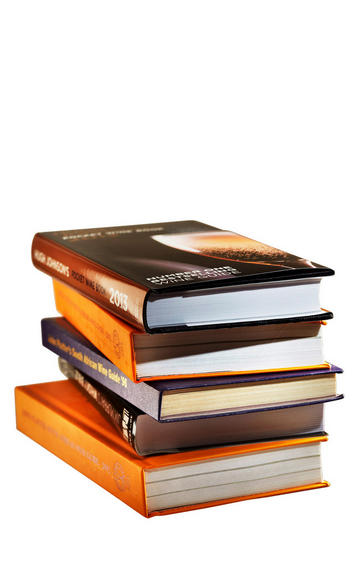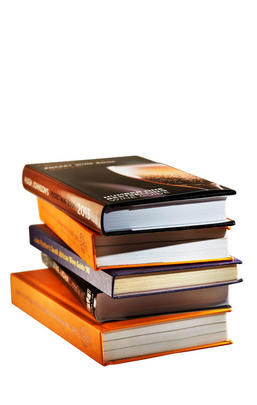
Critics reviews
After a short prologue outlining events surrounding the elevation of Chteau Mouton Rothschild to first-growth status in 1973, and a foreword from Francis Ford Coppola, Jane Anson (Decanter's Bordeaux correspondent) in her introduction captures the tone and the pace of life in Bordeaux during September as the arrival of the new vintage gets ever nearer. Evoking this nervousness and anticipation she quickly assembles the blend: the seasonal rise in employment, the caravan of migrant pickers, the meteorologists, oenologists and consultants stoking the fires of expectation, and the caterers keen to feed the mouths that will pick what could be the perfect vintage. Despite the manic activity throughout Bordeaux and its environs, home to a multitude of vineyards whose employment supports much of the local workforce, it is, as Anson acknowledges, the first growths who 'dominate the psychological landscape'.
Her introduction aside, Anson's aim in this gorgeously produced tribute to Bordeaux's wine aristocracy (stylishly and atmospherically photographed by Isabelle Rozenbaum) is to understand why what's perfect about the five first growths has given them the power to dominate not only an entire wine region but also the world of fine wine beyond it. In an easy to follow style, she tells the story of Bordeaux from its time in short trousers to the flashy handmade suits who promote it and set the prices on the place today, beginning with a history of the various chteaux. Characters and innovators abound. For instance, Arnaud III de Pontac from Haut-Brion, who did some extraordinary work on pushing the limits of 17th-century maceration and preservation and coming up with the idea of branding a chteau. Or Mouton's Jean Louis de Nogaret de La Valette, Duc d'peron, who had the brainwave of asking the Dutch hydraulic engineer Jen Leeghwater to draw up plans to drain the marshes of the Mdoc in the same century. The narrative also explores the importance of the Garon
From the period surrounding the 1855 classification that reshaped Bordeaux for ever, Anson untangles the politics of being a first or second growth, the Mouton question and how it took nearly 120 years of pushing and shoving from Mouton's owners to finally get its rightful place at the top table, much of it as a consequence of the Association of Four or Les Quatres Grands Noblesse Oblige's attempts to rub Baron Philippe de Rothschild up the wrong way by wilfully flaunting the symbolism of the 'magic quartet' when de Rothschild was clearly of the opinion that that number should be a quintet.
In the final chapters, the focus turns to the five's unity, emphasising the effects of estate-bottling, the Club de Neuf - the realisation that Château d'Yquem and the right bank Cheval Blanc, Ausone and Petrus all share a common identity of greatness, research, soil mapping, en primeur pricing, and the future. If there is a mild criticism it is that the print is certainly on the faint side, but overall it's a thoroughly entertaining history that, at times, reads like a novel and is without doubt one of the books of the year.
2012 wine books - Bordeaux, jancisrobinson.com, December 2012



Buying options
Add to wishlist
Description
Chateau Haut Brion, Chateau Lafite Rothschild, Chateau Latour, Chateau Margaux, and Chateau Mouton Rothschild: five names that changed the world of French wine. For the first time, this book brings their separate stories together into one sweeping saga; from their early days as estates owned by some of France's most powerful families, to the dramas of the French Revolution, the 1855 Paris Exhibition where four were crowned as First Growths and the determined efforts that saw Mouton Rothschild join the others more than a century later.
This beautifully illustrated book follows the estates' progress to the present, where they stand as arguably the world's greatest wine producers. Bordeaux Legends tells not only their stories, but also offers insights into the obsessional detail that goes into making these superb wines, and explains the history of the Bordeaux wine trade through these five estates, which have been at its heart for over 500 years. Revealing anecdotes and lively historical detail, as well as important new research, are enriched by Isabelle Rozenbaum's lavish new photographs and firsthand accounts from the chateaux owners themselves, their directors and staff, as well as those who work with them in Bordeaux, London, Hong Kong, the United States and further afield. A foreword by Academy Award winning director and winery owner Francis Ford Coppola makes it clear why these five wines are considered among the very best in the world.
Delivery and quality guarantee